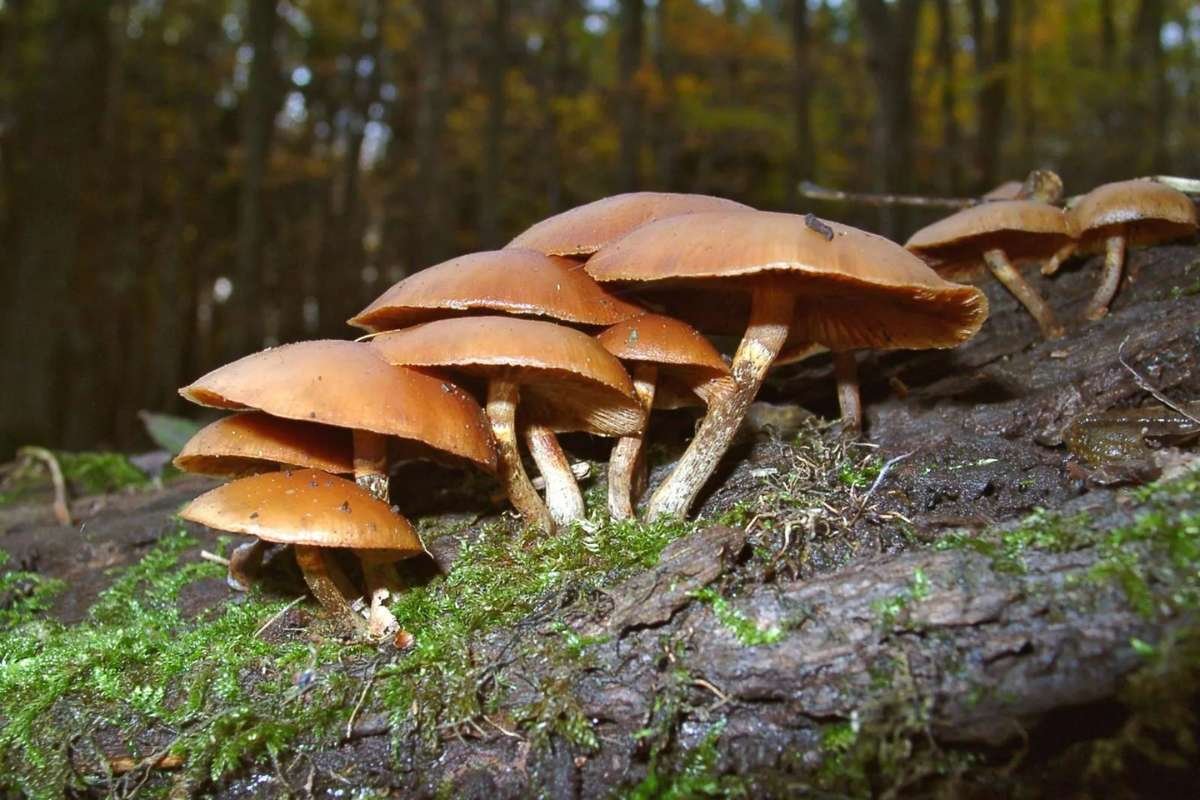Most Poisonous Mushrooms You Should Know

- Source: britannica.com
Mushrooms are often seen as delicious additions to meals or as useful ingredients in medicine. However, not all mushrooms are safe. Some are extremely dangerous and even deadly if eaten. Knowing about the most poisonous mushrooms can help you stay safe, especially if you enjoy outdoor activities like hiking or foraging. In this article, we will talk about some of the deadliest mushrooms in the world, what makes them so toxic, and how to avoid them.
Why Some Mushrooms Are Poisonous?
Mushrooms protect themselves by producing natural chemicals. Some of these chemicals are harmless, while others are toxic to humans and animals. These poisonous compounds can affect the liver, kidneys, nervous system, or even the heart. In some cases, symptoms may appear only hours after eating them, when it’s already too late for treatment. People often mistake toxic mushrooms for edible ones because many poisonous types look just like the safe varieties. That is why proper identification is very important. Let’s now look at some of the most poisonous mushrooms you should never eat.
6 Most Poisonous Mushrooms You Should Never Eat:

1. Death Cap (Amanita phalloides)
The Death Cap is responsible for most mushroom-related deaths worldwide. It grows in many parts of the world, especially near oak, chestnut, and pine trees. It looks harmless and can even resemble edible mushrooms, making it especially dangerous. The toxin in Death Cap mushrooms is called amatoxin, which causes severe liver and kidney damage. The scary part is that symptoms may not appear until 6–12 hours after eating. By then, the poison has already started destroying organs. Even a small amount of this mushroom can kill an adult. Cooking, freezing, or drying does not remove the poison.
2. Destroying Angel (Amanita virosa)
The Destroying Angel is another deadly member of the Amanita family. It has a pure white cap and stem, making it look quite beautiful, but don’t be fooled.
Like the Death Cap, it also contains amatoxins. The symptoms are similar: stomach pain, vomiting, diarrhea, followed by a false recovery period. If not treated quickly, it can lead to liver failure and death. This mushroom grows in forests and grassy areas, especially in North America and Europe.
3. Autumn Skullcap (Galerina marginata)
This small, brown mushroom grows on dead wood, and it is easy to mistake for edible mushrooms like the Honey Fungus. But the Autumn Skullcap is highly poisonous. It also contains amatoxins, which can cause organ failure. What makes this mushroom dangerous is how common and plain-looking it is. Many mushroom hunters have picked it by accident. If you are unsure whether a mushroom is safe, it’s always best to leave it alone.
4. Deadly Webcap (Cortinarius rubellus)
This mushroom has a rusty brown color and a web-like structure under the cap. It may not look threatening, but it contains a poison called orellanine, which damages the kidneys. Symptoms may not show up for 2–3 days after eating, and by then, permanent kidney damage may already have occurred. Some people have needed kidney transplants after eating this mushroom. This is one of the most poisonous mushrooms found in parts of Europe and North America.
5. False Morel (Gyromitra esculenta)
At first glance, False Morels look like the popular and edible true morels. However, False Morels contain a toxin called gyromitrin, which turns into monomethylhydrazine (MMH) when eaten, a chemical also used in rocket fuel! Eating these mushrooms can cause nausea, dizziness, seizures, and even death. Some people think they can be eaten if cooked properly, but the risk is too high. Even after cooking, some toxins may remain. This is a clear example of how even cooking cannot make some toxic mushrooms safe to eat.
6. Podostroma Cornu-Damae
This rare mushroom is found mainly in Asia and is one of the most poisonous mushrooms in the world. It has a bright red, finger-like shape, which makes it look very different from other mushrooms. It contains deadly toxins like trichothecene mycotoxins, which can cause multiple organ failure, hair loss, low blood pressure, and in many cases, death. Several people in Japan and Korea have died after mistaking it for edible mushrooms. It’s best to stay far away from anything that even looks like this one.
Also Read: Stomach Flu vs Food Poisoning: Understanding the Key Differences
How to Avoid the Most Poisonous Mushrooms?

- Never eat wild mushrooms unless you are 100% sure they are safe.
- Use field guides or apps, but don’t fully rely on them.
- Avoid mushrooms that resemble known poisonous varieties.
- Teach children never to touch or eat wild mushrooms.
- Join a local mushroom club to learn from experienced foragers.
Symptoms of Mushroom Poisoning

- Nausea and vomiting
- Stomach pain
- Diarrhea
- Confusion or dizziness
- Yellowing of the skin (jaundice)
- Seizures
Also Read: Acupuncture for Anxiety is a Natural Approach to Calmness
Conclusion
Nature has many surprises, some are good, and some can be harmful. Mushrooms may seem tasty and healthy, but the most poisonous mushrooms are very dangerous. They might look safe, smell nice, and even taste good, but just one bite can be deadly. If you are not sure about a mushroom, it is best to stay safe and not eat it. No food is worth risking your life.